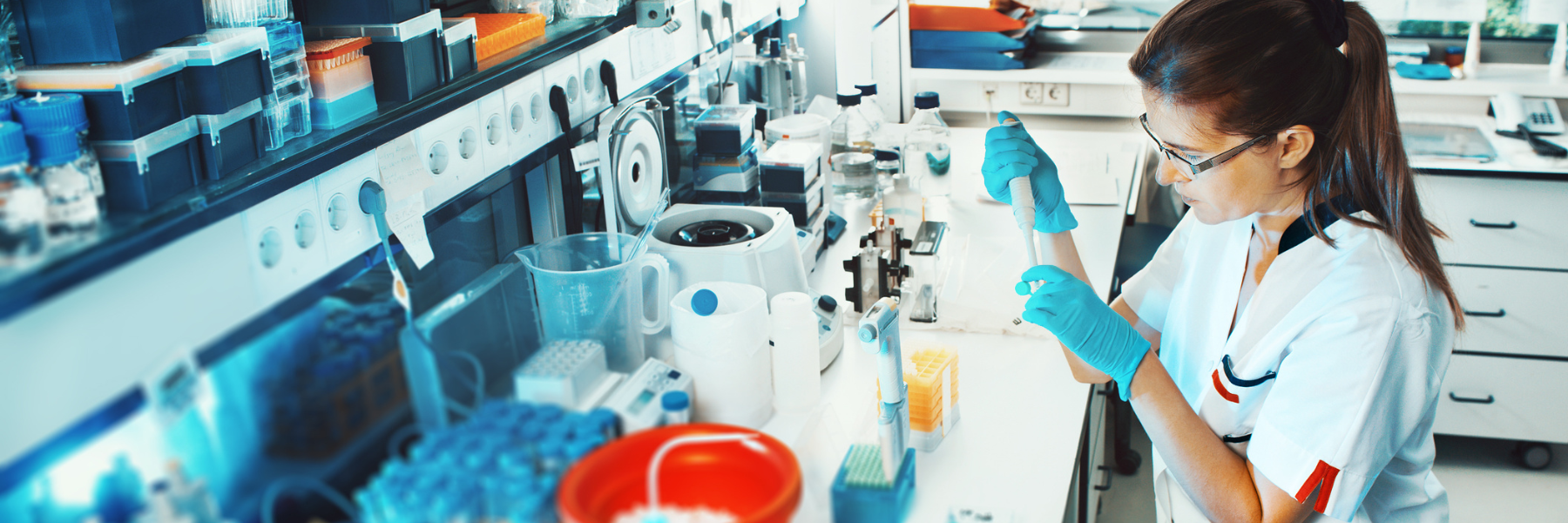Overcoming Common Challenges in Daily Lab Work
Laboratory work is the backbone of scientific progress, but it has its challenges. The complexity of modern research, coupled with strict regulatory requirements, creates a demanding environment where scientists and lab technicians juggle multiple tasks while being precise and adhering to strict protocols.
In this blog, we explore how to overcome these laboratory work challenges so productivity, safety, and research outcomes are not compromised.
How Can Lab Design Minimise Safety Risks?
Safety is paramount in any laboratory environment. Handling chemicals and hazardous materials is a risk if not managed properly. Smart lab design helps mitigate these dangers.
Innova’s custom designs are an option to optimise lab layouts to ensure safer workflows for people. We consider factors like:
-
Proper ventilation systems.
-
Strategic placement of safety equipment.
-
Ergonomic workstations to reduce fatigue-related accidents.
How Do You Maintain Data Accuracy in a Busy Lab?
Scientific research needs precise data to work. However, busy labs often struggle with human error and inconsistencies. Well-designed workstations and ergonomic furniture like chairs can mitigate and prevent this issue.
We suggest you consider tailored solutions, which include:
-
Adjustable workbenches for comfort during long experiments.
-
Organised storage systems to reduce clutter and confusion.
-
Integrated technology for seamless data recording.
features like this help reduce human error and enhance productivity for accurate and reliable results.
What is the Best Way to Manage Time in the Lab?
Inefficient workflows are a source of wasted time in laboratory settings. Automated solutions and well-thought-out space planning can help with time management.
Innova’s approach to lab design focuses on streamlining tasks. We achieve this through:
-
Custom layouts that minimise unnecessary movement.
-
Integrated storage solutions for easy access to materials.
-
Modular designs that adapt to changing needs.
These elements work together to use time better, freeing researchers to focus on their core work rather than logistics.
How Can Regular Maintenance Improve Lab Productivity?
Equipment breakdowns bring lab work to a grinding halt. Regular maintenance is no doubt essential to preventing these disruptions and maintaining productivity.
Lab designs that prioritise durability and ease of maintenance should be top of mind. Consider high-quality materials that withstand the rigours of daily lab work.
What Measures Can Prevent Cross-Contamination?
Cross-contamination is a major concern in laboratory environments as itcan compromise experiments and pose safety risks. Thoughtful design to mitigate these risks must be considered.
Bespoke furniture and layout options should offer:
-
Separate work zones for different types of experiments.
-
Specialised storage for different materials.
-
Easy-to-clean surfaces that resist bacterial growth.
How Does Noise Impact Lab Work?
Noisy equipment can disrupt concentration and affect the quality of work. Managing noise levels is imperative for maintaining a productive lab environment.
Noise reduction strategies for lab designs include:
-
Strategic equipment placement to minimise noise transfer.
-
Sound-absorbing materials in construction.
-
Dedicated quiet zones for concentration-intensive tasks.
What is the Best Approach to Waste Management in Labs?
Waste management is important for safety and compliance with strict UK regulations. Effective waste handling needs careful planning and suitable facilities.
Effective storage solutions to manage and separate waste should include:
-
Dedicated waste storage areas.
-
Clearly labelled disposal units.
-
Secure containment for hazardous materials.
These features ensure compliance with UK lab waste disposal laws while maintaining a clean and safe working environment.
How to Ensure Data Security in Modern Labs?
Data security has become a growing concern with the increasing digitisation of lab work. Protecting sensitive research data is a crucial business practice for maintaining integrity and confidentiality.
Features to think about for protecting data are:
-
Secure storage for physical documents.
-
Integrated technology solutions with robust security measures.
-
Designated areas for handling sensitive information.


